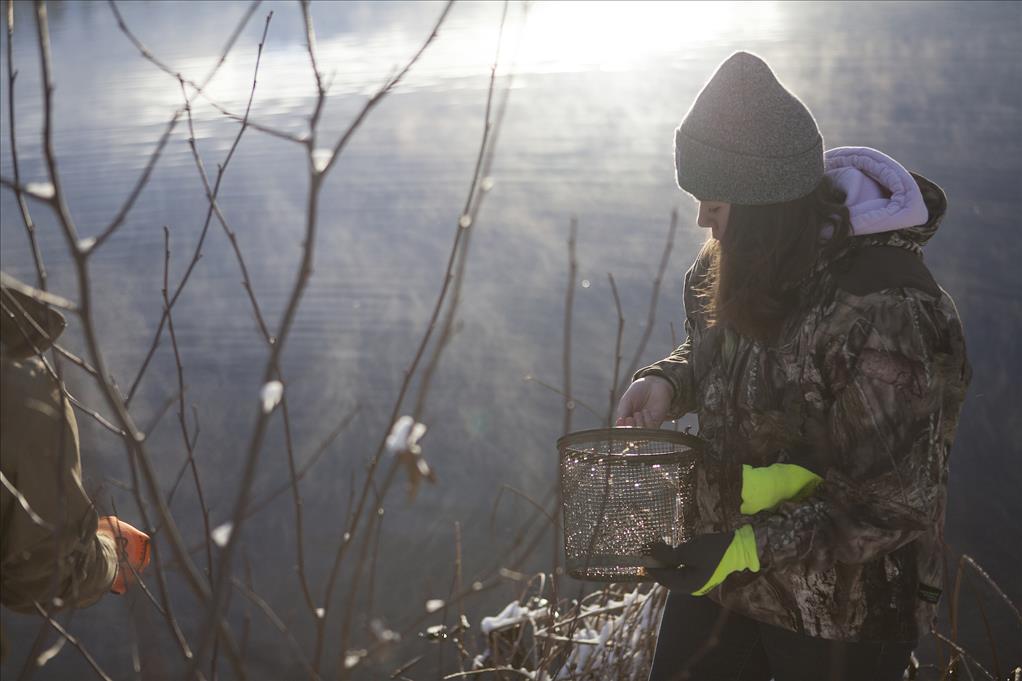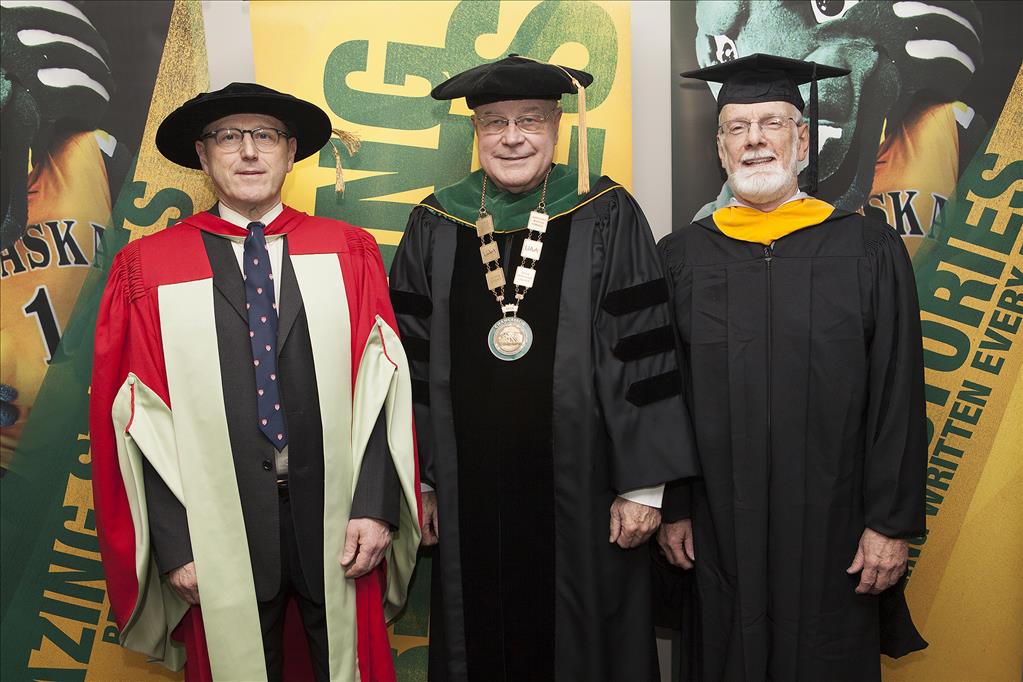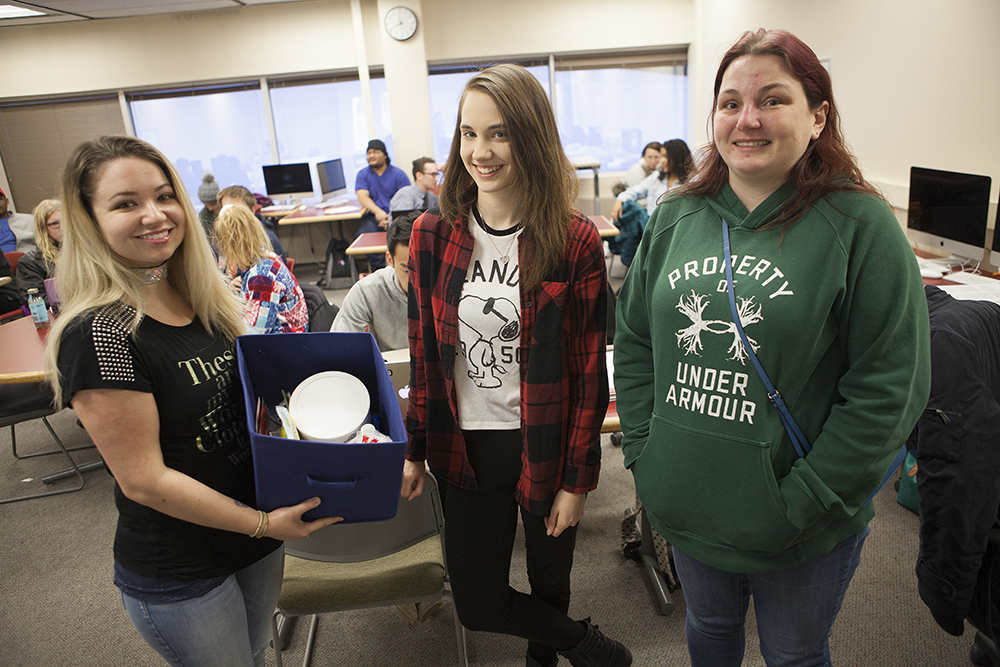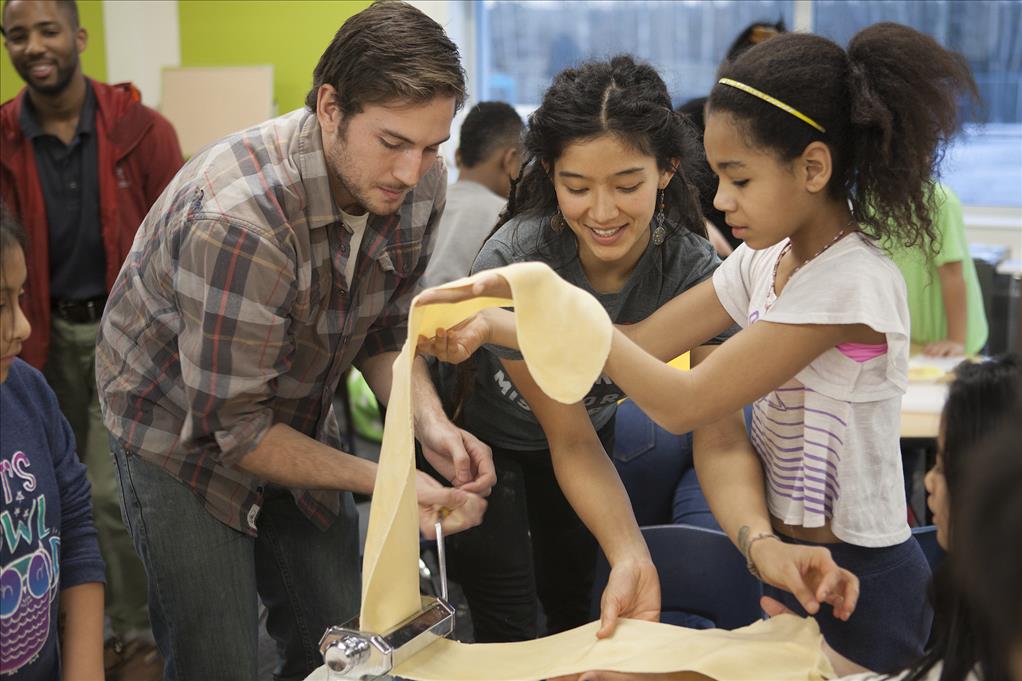Safety first, cycling second for M.P.H. grad
by joey |
Springtime in Alaska brings fresh opportunities to hike, to bike and to hit your head.
With the sun finally returning to Anchorage, the month of March is rich with outdoor options. There's still powder to shred on the slopes (and ice to slip on in the parking lot) as residents swap their snowmachines for their ATVs. Alaska is a high-octane, high-risk place... with high probability of getting a traumatic brain injury.

I AM UAA: Ranjodh Gill, M.P.H. '10, researches traumatic brain injuries for the Department of Defense. An Air Force veteran, he also competes on the U.S. Military Endurance Sports elite cycling team (where he always wears a helmet). (Photo provided by USMES)
Just ask Ranjodh Gill, M.P.H. '10, who admittedly sustained a couple concussions while stationed at Elmendorf Air Force Base. Thankfully, as a nurse, he knew how to respond.
"I think within my first summer I rafted Eagle River, hiked Crow Pass, ran the Humpy's half marathon, did a 24-hour mountain bike race in Kincaid," he recalled, ticking off experiences many Alaskans take years to squeeze in. Winter didn't slow him down either... he picked up cross-country skiing, snowboarded at Alyeska, climbed glaciers with APU and won the 50K at the inaugural Frosty Bottom fat bike race. "It was a blast living in Alaska," he said. "I definitely have fond memories."
Today, he's based in Bethesda, Maryland, where he works in public health for the Department of Defense, specifically surveying traumatic brain injuries (TBIs) in the military population. The military is inherently a culture of risk, and its ranks are peppered with adrenaline-heavy thrill seekers. Ranjodh works to keep them safe, even when they're far from combat.
"I almost sold my bikes"
Ranjodh's military story starts at San Francisco State University, where he was a member of both ROTC and the university swim team. After earning a degree in nursing, the lifelong Californian received his orders to report North. "I almost sold my bikes because I didn't think I would bike in Alaska," he recalled. "Luckily I didn't."
While working in the medical field for the Air Force, Ranjodh pursued a Master of Public Health at UAA. His military background guided his thesis, which compared PTSD and depression rates among service members across several variables (combat versus non-combat positions, for example).
Meanwhile, he also worked with the CDC's Arctic Investigations Program, surveying rates of virus exposure in villages across the Yukon River delta.
"The coursework at UAA was really designed for you to go out and work with public health agencies," he said of the M.P.H. program. "I think the connections and fieldwork really prepare you for what's going to come down the line. The faculty is great. I would highly recommend the program."
He defended his thesis in 2009, but missed his graduation. The military had already extended Ranjodh's appointment so he could finish grad school, and he had to fly out before Commencement. His diploma arrived by mail at his new home in Bethesda.

After leaving the Air Force, Ranjodh joined the United States Public Health Service, a uniformed corps of public health professionals founded in 1798. As a corps member, he deployed to Monrovia, Liberia in 2015 on an Ebola response mission. (Photo courtesy of Terry Welch, Defense and Veterans Brain Injury Center)
After graduation, Ranjodh transitioned from the Air Force to the Public Health Service, a federal uniformed division he admits "not a lot of people know about." As part of the Service, he deployed to Liberia in 2015 to assist with international efforts to halt Ebola.
In his day-to-day life, though, Ranjodh works with the Department of Defense as the chief of traumatic brain injury (TBI) surveillance. In this role, Ranjodh oversees a team of epidemiologists and statisticians who crunch military data on TBIs to determine what trends they should address and where staff are needed.
Military brain injuries are not necessarily what you expect. For one, the Department of Defense looks after not just active soldiers, but also veterans and families.
"One of the most common misconceptions in the military is that the vast majority of TBIs are related to deployment," Ranjodh said. Really, though, explosions and combat account for a small number of brain injuries compared to motor vehicle incidents, falls and sports related injuries (similar to the civilian population). Since most of the military population lives on non-deployed bases, the majority of injuries occur there too, often in the form of mild TBI, also known as concussions.
These non-combat injuries make sense. After all, soldiers are required to wear helmets during training and in combat. But back home or off-duty, there's no drill sergeant screaming at recruits to wear a helmet when they're skateboarding outside the PX or cruising around on their motorcycles. It's those people Ranjodh's team hopes to reach this March (which happens to be Brain Injury Awareness month).
In 2016, the DOD is pushing Think Ahead, a one-month initiative under their long-term campaign, A Head for the Future. Think Ahead is targeted at veterans and military families rather than at combat soldiers. Like most DOD public health material, the campaign's recommendations distill piles of data from decades of research into simple text for the non-medically-minded.
"We're not saying you shouldn't participate, it's just that you should be cognizant if you partake in certain activities and hit your head," Ranjodh explained. Yes, physical activity invites risk, but it also brings reward (just think of all those immense adventures Ranjodh tackled in his time in Alaska).
The message, then, is prevention and treatment, and the DOD is putting a face to military TBIs to make their suggestions relatable. Much like UAA's Amazing Stories, the Department of Defense recognizes the power of storytelling too.

If you've been shopping for U.S. Military cycling uniforms, you might have seen Ranjodh. (Image submitted by Terry Welch, Defense and Veterans Brain Injury Center)
Info for Alaskans
Though he's focused on military families, Ranjodh has a health message for you too, dear Alaska readers.
"As we roll through March and the Tour of Anchorage and you get ready for one last ski hurrah up in Alyeska, [remember] a head injury could occur to anyone at any time, and there's different reasons and causes," he stated. "Not approaching treatment the right away could lead to long term consequences."
So take precautions (wear the gear, know the symptoms) because you can't always get care quickly. "That's harder to do in Alaska because you're in remote locations, so it's very important," he continued.
"Mount Marathon is a prime example; you're predisposing yourself to some of the challenges. That's not a bad thing, you just have to recognize when you hit your limit ... because there's going to be a lot more to do next year."
Written by J. Besl, UAA Office of University Advancement
 "Safety first, cycling second for M.P.H. grad" is licensed under a Creative Commons Attribution-NonCommercial 4.0 International License.
"Safety first, cycling second for M.P.H. grad" is licensed under a Creative Commons Attribution-NonCommercial 4.0 International License.














